Stephanie Fiorenza presented at the 223rd American Astronomical Society (AAS) meeting in Washington D.C. earlier this year.
Ms. Fiorenza, an Astrophysics graduate student at the College of Staten Island, presented her dissertation The Starburst-AGN Connection in Luminous and Ultra-luminous Infrared Galaxies which focused on the evolutionary connection between nuclear starbursts and Active Galactic Nuclei (AGN) in luminous infrared galaxies and ultra-luminous infrared galaxies.
Her dissertation, which will be defended this spring, is the result of years of hard work collecting data as well as collaboration with distinguished mentors in the field of astronomy, most notably CSI’s own Dr. Charles Liu and Dr. Tsutomu Takeuchi from Nagoya University in Japan.
The meeting, held in a different city every six months, is an opportunity for the country’s astronomers to meet and discuss new findings in their respective fields of study. It is also a place where students such as Stephanie can have an opportunity to rub elbows with Nobel Prize winning scientists. It is a “one stop shop,” according to CSI Assistant Professor of Engineering and Physics Dr. Emily Rice, who also presented her research, titled “Photometric and Spectral Analysis of Blue and Red L Dwarfs”,
Upon being awarded the National Science Foundation (NSF) East Asia and Pacific Summer Institute Fellowship this past summer, Ms. Fiorenza was able to accomplish much of her research at Nagoya University in Japan under her research mentor, Dr. Tsutomu Takeuchi.
“I find this work to be particularly interesting because these galaxies are more complex than normal galaxies. Not only are they typically mergers between two or more galaxies, they are very dusty, making what’s going on in their nuclear regions more mysterious,” said Ms. Fiorenza about studying the evolution of infrared-bright galaxies.
Another big step in her ability to research these galaxies was when she was awarded time on the 4-meter Mayall telescope at the Kitt Peak National Observatory in the Arizona-Sonoran desert. The telescope, one of the largest in the world, is well-known among astronomers for being very difficult to access due to its popularity. However, Ms. Fiorenza was awarded time on the telescope in May of 2013 based on the strength of her written proposal. Stephanie was then able to use the data to look at the rate of star formation in these galaxies, among other properties.
Ms. Fiorenza that she was very excited to share her results from the data she collected by speaking at the AAS meeting. She is planning on working as a post doc in the fall and hopes to extend her promising research.
Like any good researcher, Ms. Fiorenza is obviously very passionate about their research and chosen fields of study. Ms. Fiorenza put it succinctly when she said, “in order to truly understand things within the universe, you need to understand the universe itself.”

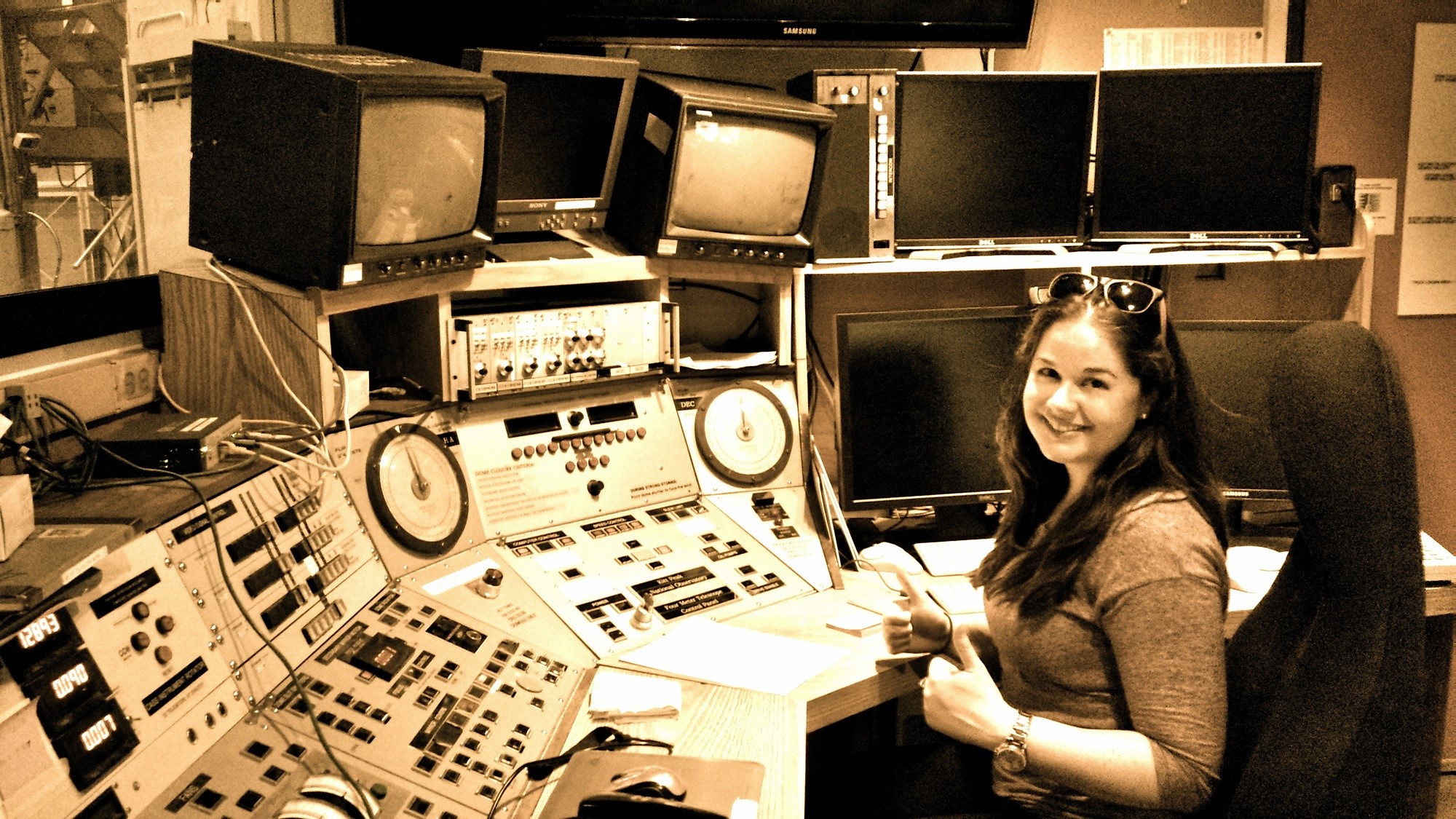
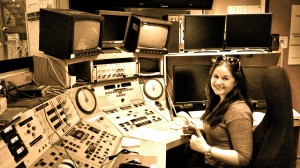
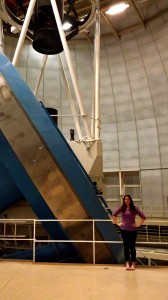
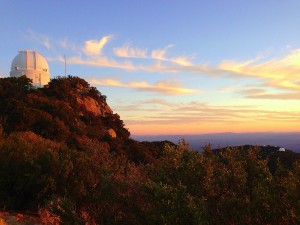
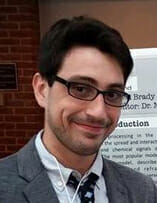
![[gallery] A Student’s Journal from the U.S. Virgin Islands](https://csitoday.com/wp-content/uploads/2011/10/orbweaver_spider_100211.jpg)













